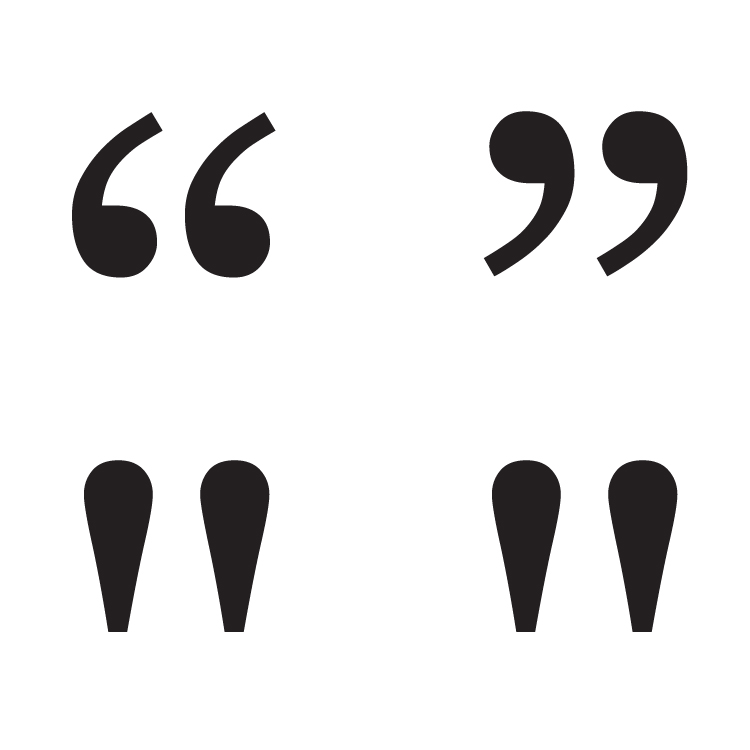
What is Dialogue Within Dialogue?
Dialogue is just another word for speech. Generally, dialogue is separated from standard text using inverted commas (also known as speech marks). These can be either single ( ‘ and ’ ) or double ( “ and ” ). Which style an author chooses is down to personal choice, although often UK text will use the single version, and US text will use the double quotes.
The important thing is to make sure that whichever style you choose, it is consistent throughout the text.
Smart or curly quotes ( your browser won’t let me show these) are better than straight quotes ( ” and ” ) as they help the reader to subconsciously unravel text.

When a character is speaking, and they are quoting someone else, we use “nested quotes”. Whichever quotes you have chosen to use as your main option (single or double), quoted dialogue will use the other option. For
example:
“Did you hear that? She said, ‘I don’t know.’”
“Did you hear that? She said, ‘I don’t know.’ Can you believe that?”
“Did you hear that?” she said. “She said, ‘I don’t know.’ Can you believe that?”
OR
‘Did you hear that? She said, “I don’t know.”’
‘Did you hear that? She said, “I don’t know.” Can you believe that?’
‘Did you hear that?’ she said. ‘She said, “I don’t know.” Can you believe that?’
I hope that this very simple guide will help to answer a few questions.
For more FREE AUTHOR RESOURCES, please visit my quick tips page.





